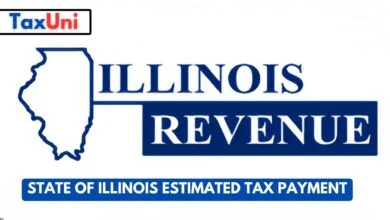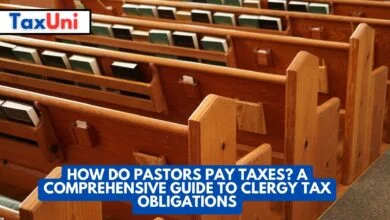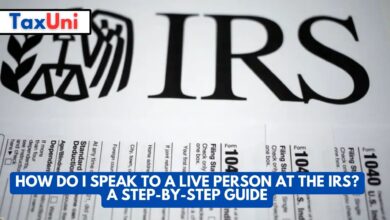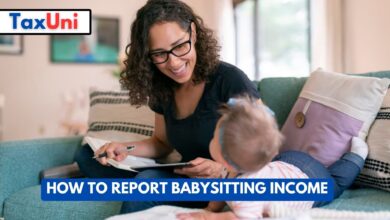Electronic Funds Withdrawal
The EFW program is a convenient way to pay taxes online and eliminates the need to submit a payment voucher; here is everything.

Electronic Funds Withdrawal (EFW) is an integrated e-file/e-pay option for individual and business tax filers who use commercial software or paid preparers to file their taxes. It is the fastest, most secure way to remit tax payments via direct debit from your bank account. EFT is used to remit sales and use tax, excise tax, quarterly withholding taxes (unemployment and withholding), and corporate business tax. EFT can be utilized without significant up-front investment in additional computers or remittance processing hardware. EFW is available to individual and business filers who use commercial tax software, paid preparer services, or IRS Free File. You can also use this option when filing a fiduciary return (Form 1041, amended Form 1041, or Form 7004) or when paying estimated taxes on an extension.

How to Use EFW?
In order to levy funds from your bank account, the IRS must first contact you and ask for permission. Once they do, the bank must remove the amount owed to them from your account within 21 days of their request. This money must then be sent to the IRS. This is why it is important to keep all tax payments up to date. If you are unsure about the status of your tax debt, be sure to reach out to an experienced attorney for guidance.
If you are a business owner or taxpayer, the EFW option is an excellent choice to pay your taxes. The process is simple and convenient. You can use commercial software, a paid preparer, or IRS Free File to e-file and then select the EFW payment option. Once you have selected the EFW option, a payment record will display to enter your payment details. The EFW payment record instructions will vary depending on the type of payment you are making. To use EFW:
- You must provide a bank account number and routing information.
- You can choose the date you would like to withdraw funds from your bank account as long as it is on or before the tax due date.
- You also need to provide a telephone number where you can be reached Monday through Friday between 8 a.m. and 5:30 p.m. (Note: Enter only the first 10 digits of your phone number). This information is used to verify your identity and contact you if you have problems processing your payment.





